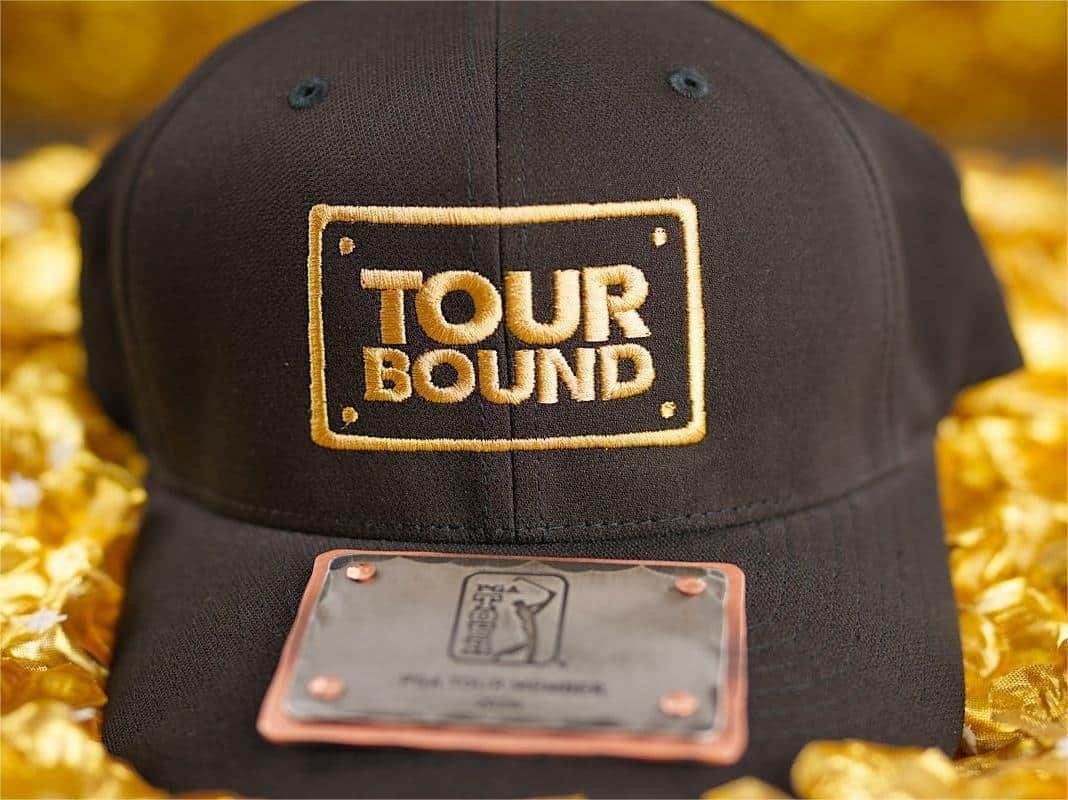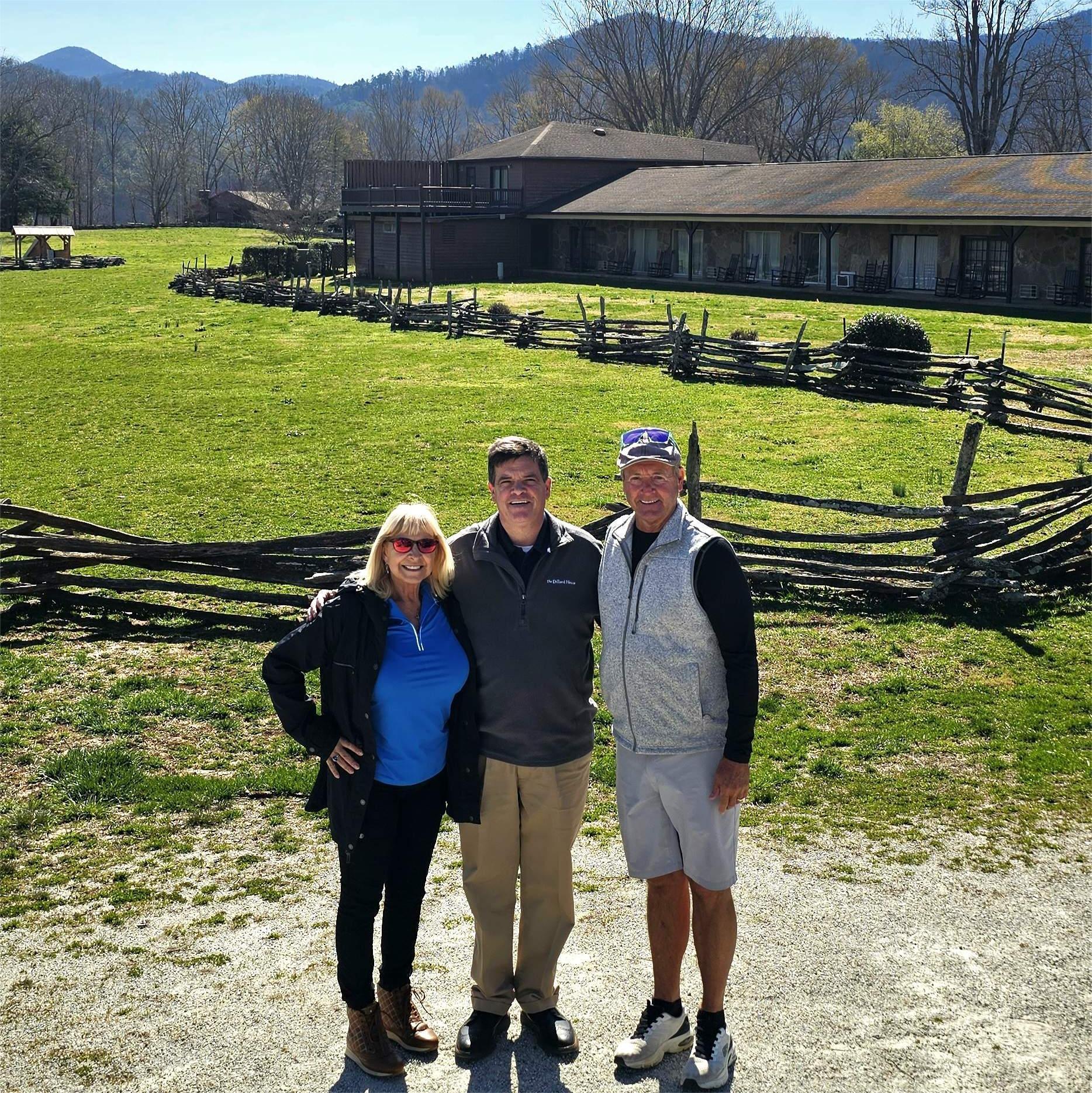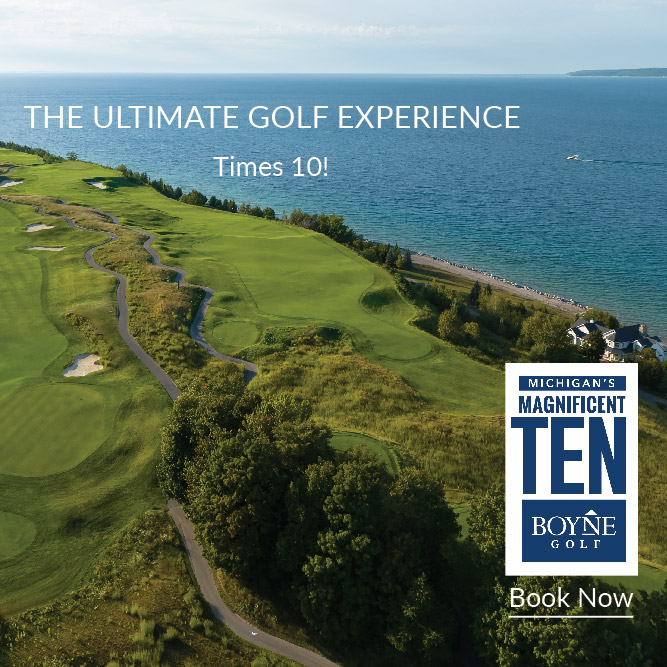Andy Hiseman
Photographer
Hiseman Photo
Interview with Matt Ward
BACKGROUND:
Fast becoming one of the UK’s best-known golf course photographers, 56-year-old British golf course photographer Andy Hiseman has produced images for over 100 golf clubs and resorts in the UK, and as far afield as Azerbaijan and Japan.

THE HISEMAN STORY:
It was when the crocodile moved towards me that I started to think, hang on, this might not end well. It was 5.23 AM at Harrogate Golf Club, in northern England, and I was stalking the dawn light as usual. I was behind the 8th green when I spotted a crocodile – a long, black shape, hugging the ground, wriggling about – crawling up a mound about 50 dimly-lit yards back down the fairway. In Yorkshire? I asked myself. Then the shape turned and started to crawl towards me. Then it stood up. It was a poacher, clearly about to take a pot shot at a deer, and he had a rifle. “Don’t shoot” I said.
These things happen when you’re up before the dawn, camera gear strapped to an E-Z-Go, shivering in the cold and hoping to catch a beam of light before the sun rises up into the heavy cloud.
Through my media career I was always a passionate golfer, getting to three handicap. In my years at The Sun newspaper, Radio Luxembourg or while marketing Scalextric and Hornby trainsets, I always kept my clubs in the boot, just in case. Then in 1996 I landed the dream job – Publisher at a group of golf magazines. Over the next six years I saw thousands of golf course images get published. What a wonderful life, I thought enviously. Getting up early to photograph an empty golf course, staying until the sun sets. And naturally, it would always be glorious.
I set up my PR firm in 2002 and entered course photography in 2010. A decade later, I now know that achieving world-class shots comes at a price. Very little glamour. You’ll sleep in your car, get hungry, thirsty, very cold and very hot — sometimes all on the same day and 3 AM summertime alarm calls are brutal. But, nothing in life matches the moment when it all, briefly, does turn glorious – and you’re there to photograph it.

You wake up in the morning what’s the driving passion?
Without wishing to sound pretentious, it’s to do justice to the dawn. It’s my dawn, my golf course, my new day. That’s the passion: to capture the exact moment the day’s new light illuminates the golf course with such beauty it brings tears to your eyes. When the sun is on the way up, give me a fast buggy, a flask of hot coffee and softness in the sky, and I’m in clover.
What was the specific genesis moment that prompted you to engage in golf photography?
In March 2007 we picked up the PR account for Crown Golf. They operated 35 golf clubs and soon we were doing 200+ releases a year – but their course photos didn’t look good in the magazines. I bought a Nikon and thought, I know what sells, I can learn to do this myself. The first shots I took were at a frosty Luffenham Heath GC early one winter’s morning.
From that moment on, I was hooked.

What differentiates your work from those of others in the field?
I spend as much time capturing golfers’ faces, as I do trying to make golf holes look beautiful. Having played the game for almost 50 years, I get the emotional side of the game. My images are all about emotion. A transcendent view of a golf hole at dawn or sunset — there’s a lot of human emotion involved when you’re gazing at that.
But people’s faces glow when they’ve just flushed a drive down the middle, or embraced a friend after a blissful round of golf. That’s what you’ll see in my portfolio.
Is golf photography similar to doing general landscape photography or are there differences between the two?
Technically they’re the same — knowing where to focus, stamina, patience and light- but on a golf course shoot you need to have a touch of the devil to find the sweet spot on an apparently bland hole. It’s my job to find the beauty: almost every hole has it somewhere.
A plain-looking golf hole in mid-afternoon can become a Michaelangelo at sunset. And the inherent challenges are different. If you’re photographing a mountain range, maybe an eagle or a woolly yak will unexpectedly appear in your shot. On a golf course, it’ll be a 65-year-old man in shorts.

Favorite course you’ve photographed and the one you are most eager to do if the opportunity arises?
Most memorable photoshoot: Dreamland GC in Baku, Azerbaijan, three times now. A fascinating place and a very imaginative Cynthia Dye McGarey design. Favorite course photographed: the Nicklaus at St Mellion, Jack’s first and best in the UK, closely followed by Hilton Park in Scotland. Most eager to photograph? The very photogenic new JCB Golf course in the middle of England. Why? My brother Robin designed it, and I’ve yet to photograph one of his courses.

Among those who do golf photography who do you see as being among the best and what makes them earn such praise?
I like Mark Alexander’s work in Scotland. Some of his images have a low-contrast, painterly, slightly pastel-colored look which I adore, and I thoroughly enjoy looking at his photos.

Biggest mistake amateur photographers make is what?
Can I have three? Standing in the wrong place, in the wrong light, and not being absolutely precise in where they place the pin in their photos. And not shooting in Manual, not using RAW, and not discovering Lightroom. How many is that?
If you could change one thing in golf unilaterally — what would it be and why?
Allow findable golf balls at amateur level. Colossal pace of play benefits, and the sport becomes much more fun. Purists would hate it, but the technology’s available. In fact, I saw it demonstrated in a snow-covered car park in Belgium almost a decade ago. It really is incredible.

The main golf organizations are all seeking ways to attract new players — especially Millennials, women and minorities. If you were counseling them, what would your advice be to accomplish this?
Add an annual £20 additional levy to everybody’s club membership. If you take the UK alone, that’s a brand new £30m annual fund to be spent purely on marketing this fantastic sport to newcomers. I can think of a hundred ways that marketing budget could be spent, and would gladly serve on an independent panel which decided the best way to spend it. At least a third should be spent on attracting women aged 35-54, which I suggest is the single most likely demographic to start this sport from scratch.
Best advice you ever received — what was it and who from?
Trust your own eye and don’t look too much at other people’s work. That came from my fantastic art teacher at school, the painter Peter Brook, God rest his soul.

For more info go to:












